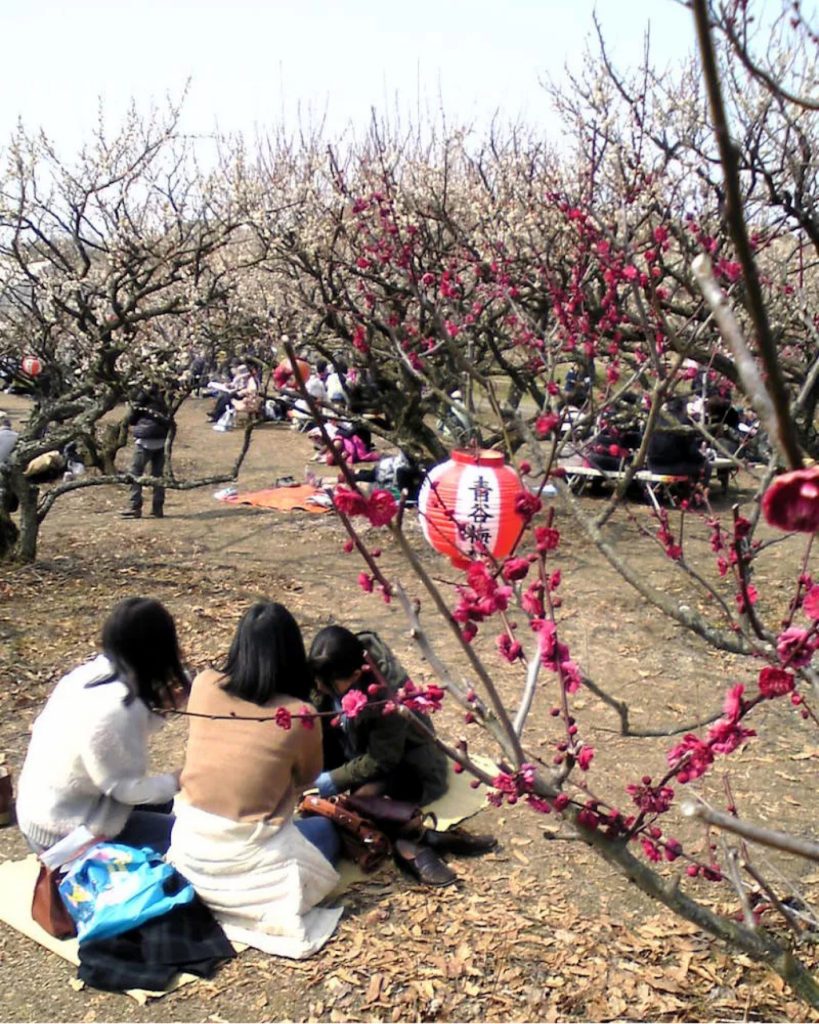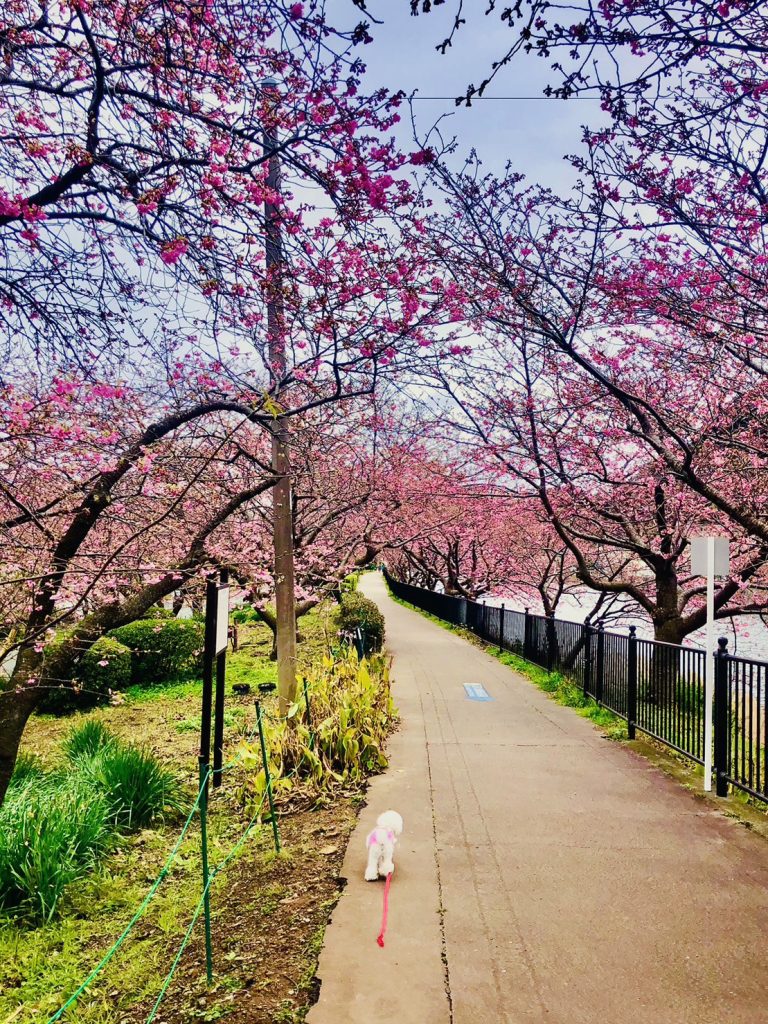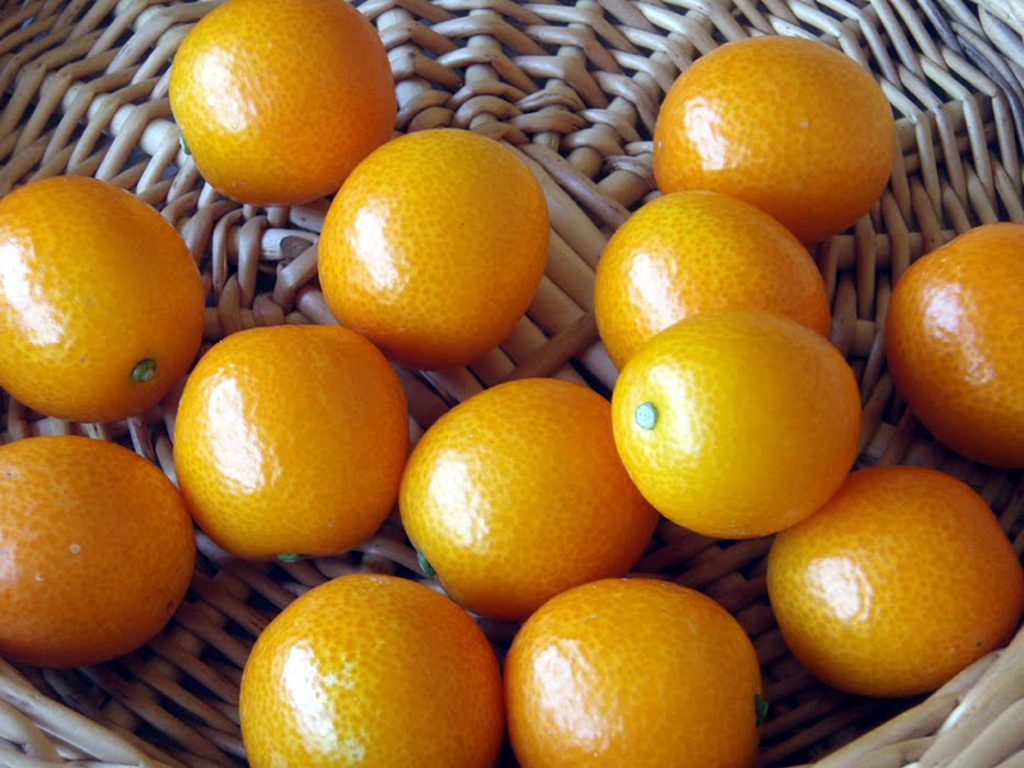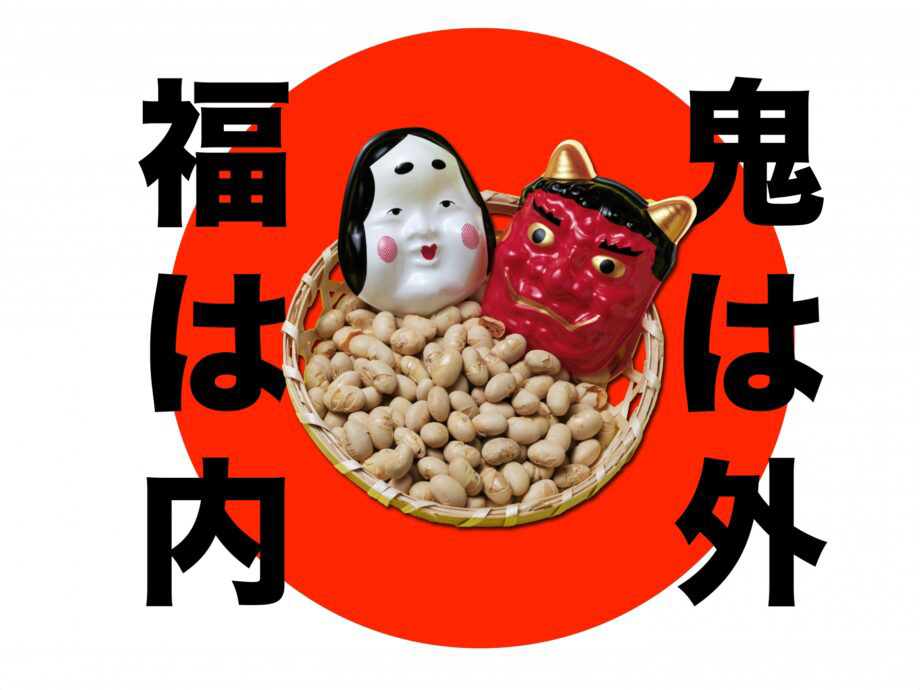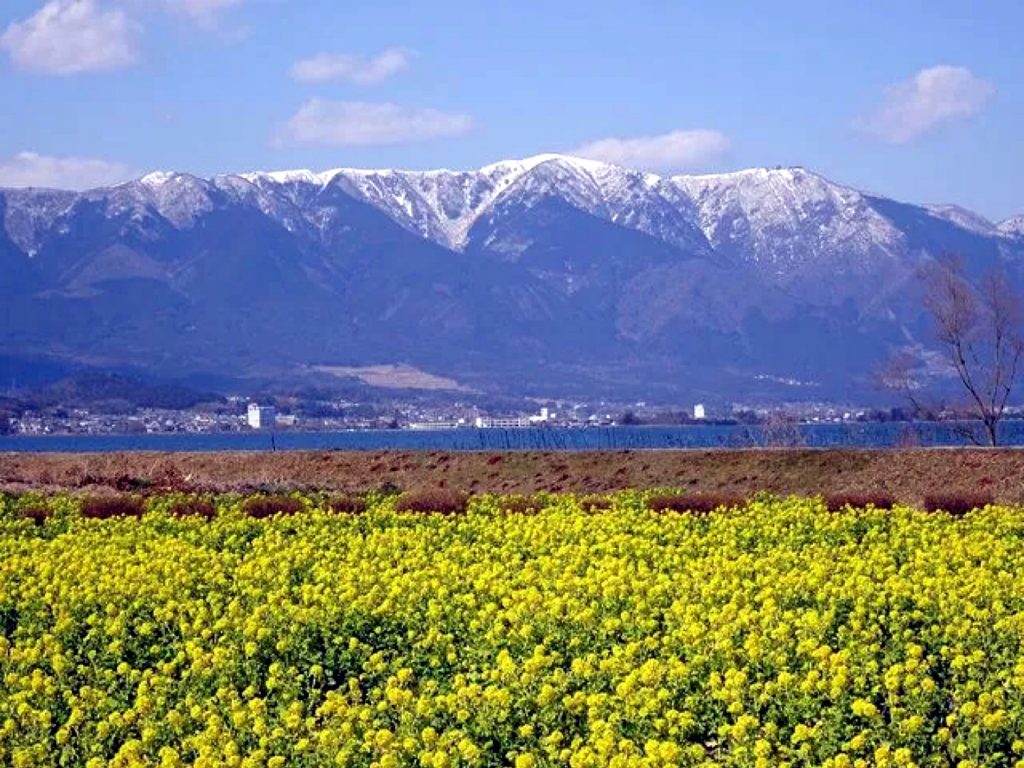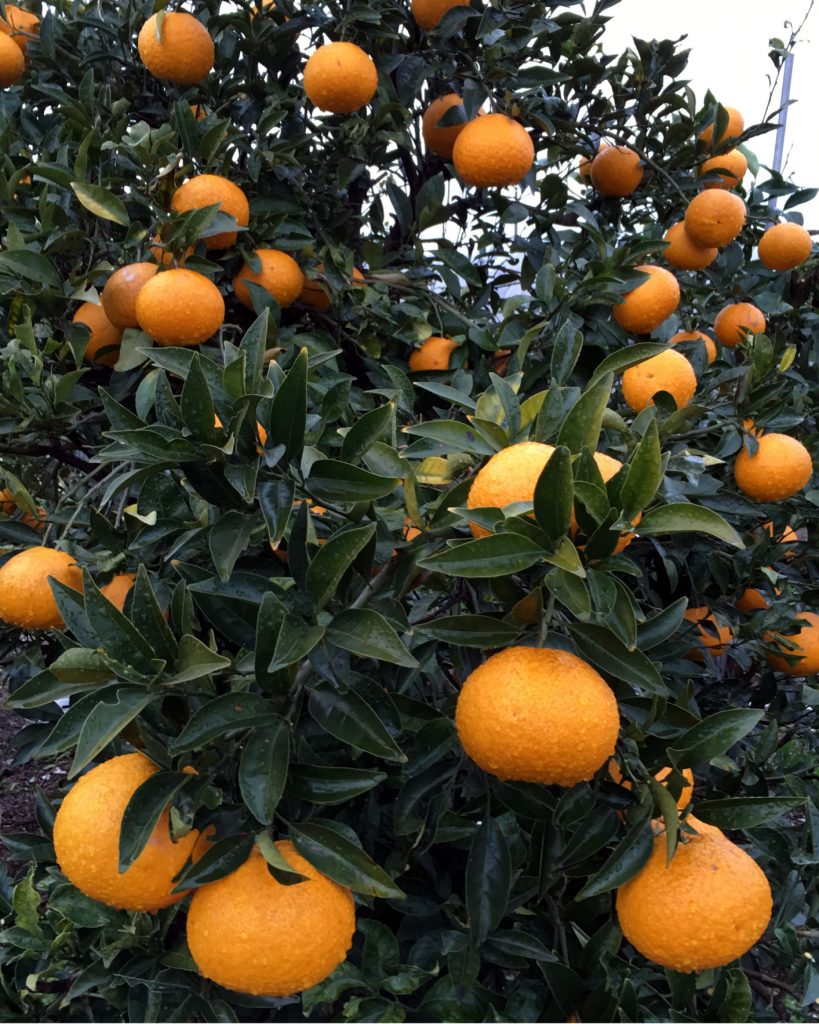
According to JTB’s survey on “Travel Trends Outlook for 2024 (January to December),” it is anticipated that the number of inbound tourists to Japan will continue to increase even further in 2024, following a rapid recovery in 2023. Regarding China, where recovery has been significantly delayed, it is assumed that individual travel will lead the recovery in 2024. For inbound tourists (foreign visitors to Japan), it is expected to reach a record high of 33.1 million people, a 131.3% increase compared to the previous year (103.8% compared to 2019).
Moreover, travelers’ awareness is undergoing significant changes amid the COVID-19 pandemic, with a growing emphasis on Sustainable Tourism. Sustainable Tourism aims to seek and practice tourism that respects the natural environment, local communities, social and cultural aspects, and the economy. It seeks to avoid the environmental and cultural degradation and excessive commercialization often associated with mass tourism. The focus is on experiencing the true essence of tourist destinations.
Rather than hurried travel, Sustainable Tourism encourages staying for several days, immersing oneself in the natural and cultural aspects of the region, and taking the time to reflect. Such travelers are actively featured in the media. Recently, The New York Times highlighted “Yamaguchi Prefecture” as the most inquired-about destination in Japan, and there have been overseas magazines featuring “Morioka City.” Japan boasts a traditional and profound culture that aligns with Sustainable Tourism.
An American scholar predicts that the number of foreign tourists visiting Japan will soon exceed 100 million.
JTBの調査「2024年(1月~12月)の旅行動向見通し」によると、訪日外国人客数は、2023年の急回復から2024年も一層の増加が見込まれるそうです。また、回復が大幅に遅れている中国については、2024 年は個人旅行を中心に回復が進むと想定したうえで、インバウンド(訪日外国人)は前年比131.3%の3310万人(2019年比103.8%)で過去最高になると見込んでいます。
また、旅行者の意識もコロナ禍の中で、大きく変わりつつあります。旅行先の自然環境や地域・社会文化、経済などに配慮したサステナブル・ツーリズムの浸透です。サステナブル・ツーリズムとは、「持続可能な観光」という意味で、マス・ツーリズム(大衆観光)の結果生じがちな、環境や文化の悪化、過度な商業化を避けつつ、観光地本来の姿を求めていこうとする考えおよびそれを実践する観光旅行です。
慌ただしく旅をするのではなく、数日間滞在して、ゆっくりとした時間の流れの中で地域の自然や文化に触れ、自身を見つめ直すことを目的とした旅行です。今そうした旅行者がテレビでも盛んに紹介されています。先だっても、ニューヨーク・タイムズが、日本で一番尋ねたい所として「山口県」を紹介して話題になりました。「盛岡市」を紹介する海外雑誌もありました。日本にはサステナブル・ツーリズムに応える伝統的かつ奥深い文化があります。
アメリカのある学者は、訪日外国人旅行者が近いうちに1億人を超えると予測しています。

